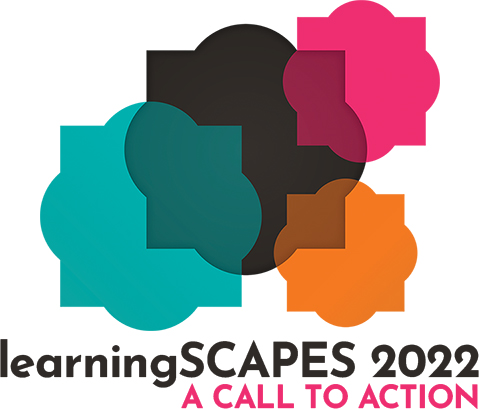 | 1 LU |
 | 1 LU |
Our peoples’ vision for our children is to nurture a child as a whole being-to become a good person. For most Canadians, schools are times of growth and excitement! However, for First Nation students, residential schools were utilized to eliminate our culture and language, scarring Indigenous communities for decades to come. This presentation will tell the story of the Bigstone Cree Nation, a journey of reclaiming education and embedding Sakaw Cree culture in both design and curriculum. Designers must build trust with First Nations and take time to understand our narrative and our ways of knowing, seeing, and doing. This presentation will show how designers can work best with Indigenous communities by building trust and listening first. We will impart insight from our experiences as an Indigenous community and how we are on a journey to redefine holistic, lifelong learning for our children. From brainstorming to dreams, a sense of place must be rooted in the entire design process to be truly reflective of your clients. Traditional design processes, rooted in western European traditions, do not align well with Indigenous cultures. Vital to the planning and design process, all parties must seek to achieve meaningful engagement. Audience members will be led through a Sakaw Cree-led design process that incorporates teachings of our Elders, dreams of our members, and hopes of our youth as well as how to effectively bring an Indigenous worldview into your process. Finally, once we understand the culture, how do we weave modern education design and make complementary connections between best practices and customized curriculums specific to Indigenous traditions? We will share how continuing the conversation with your clients throughout design is essential to match their needs with industry standards, showing that they are being heard and that your approach will help them achieve their vision.
Learning Objectives:

Heather brings 19 years of experience in K-12 architectural design in Canada. Her belief? Good architecture results from clear communication. Heather works closely with school boards to ensure designs represent their school cultures and surrounding contexts while catering to a variety of curriculums including sciences, arts, and trades. She feels that each school is unique and should represent its community. If she isn’t at work, you might find Heather volunteering as a Cub Scout leader.

Over the past 25 years, Chester has been an educator, teacher, administrator. Currently the CEO of Bigstone Cree Nation Education Authority, Chester's passion is to serve his community and students, ensuring that the youth of Bigstone Cree Nation are provided with an education that is rooted in excellence. As a Bigstone member, he believes that First Nations have an inherent Right to Education and works to bring Indigenous knowledge and perspectives together in his schools and curriculum.

The built and natural environments have profound impacts on our behaviors both for better and worse. How do we cultivate a sense of place for better? How might the built and natural environments be made to enhance teaching and learning? How might school buildings and grounds foster a sense of community by reflecting those they serve?
Primary Core Competency
Community Engagement: Leads the internal and external communities through a discovery process that articulates and communicates a community-based foundational vision, forming the basis of a plan for the design of the learning environment. The vision is achieved through a combination of rigorous research, group facilitation, strategic conversations, qualitative and quantitative surveys and workshops. Demonstrates the skill to resolve stakeholder issues while embedding a community's unique vision into the vision for its schools.